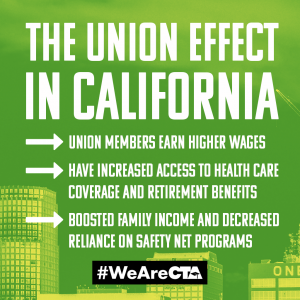Exec Board Agenda
February 26, 2013
Cooper School library 3:30 P.M
1) – Approval of the minutes
2) – Approval of the agenda
3) – President’s Report
4) -Treasurer’s Report
5) -Chair Reports
Action (Corey Penrose)
Bargaining (Brenda Hensley)
Human Rights (Alyson Brauning)
Women’s Issues (Tricia Cowen)
Grievance (Sylvia Aquino)
PAC ( Dawn Kelly)
Special Ed ( Tammy Parker)
Membership ( Julie Timmerman)
6) –Business
Early College High School update/discussion
Affordable Health Care Act update
7) -Other
8) -Adjournment




